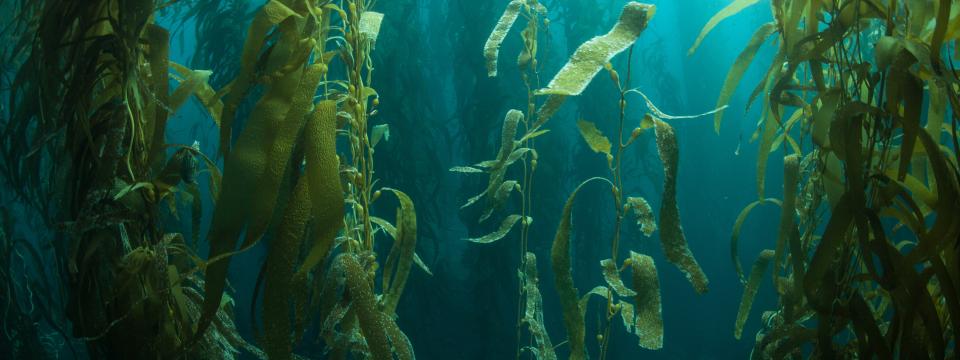This bibliography gathers publications over many years from a variety of researchers exploring topics of agency, directionality, and function (among others) with a special emphasis on CASP members. It began with work from teams within the initial Agency, Directionality and Function project and continues to be populated with papers and articles from diverse researchers looking to further develop and expand ways of working interdisciplinarily on the complex theme of teleology.
Included in the bibliography are entries for publications and books that many scholars involved in the Agency, Directionality and Function project recommended as foundational texts in their field of study. We welcome suggestions for additions to the bibliography from CASP members.
Causation in Development and Evolution
Bourrat, P. (2022). Unifying heritability in evolutionary theory. Studies in History and Philosophy of Science, 91, 201–210.
Ågren, J. A. (2023). Pluralism and Progress in Evolutionary Biology: A Commentary on Distin. In T. E. Dickins & B. J. A. Dickins (Eds.), Evolutionary Biology: Contemporary and Historical Reflections Upon Core Theory (Vol. 6). Springer Nature.
Ågren, J. A. (2023). Why We Disagree About Selfish Genes: A Reply to Welch. In T. E. Dickins & B. J. A. Dickins (Eds.), Evolutionary Biology: Contemporary and Historical Reflections Upon Core Theory (Vol. 6, pp. 581–583). Springer International Publishing.
Ågren, J. A. (n.d.). Genes and Organisms in the Legacy of the Modern Synthesis. In T. E. Dickins & B. J. A. Dickins (Eds.), Evolutionary Biology: Contemporary and Historical Reflections Upon Core Theory (Vol. 6). Springer Nature.
Aguadé-Gorgorió, G., Arnoldi, J.-F., Barbier, M., & Kéfi, S. (2023). A taxonomy of multiple stable states in complex ecological communities [Preprint]. Ecology.
Allen, B. (2023). Symmetry in models of natural selection. Journal of The Royal Society Interface, 20(208), 20230306.
Allen, B., & McAvoy, A. (2022). The coalescent with arbitrary spatial and genetic structure (arXiv:2207.02880). arXiv.
Ardré, M., Doulcier, G., Brenner, N., & Rainey, P. B. (2022). A leader cell triggers end of lag phase in populations of Pseudomonas fluorescens. MicroLife, 3, uqac022.
Arora, G., Banerjee, M., Langthasa, J., Bhat, R., & Chatterjee, S. (2023). Targeting metabolic fluxes reverts metastatic transitions in ovarian cancer. IScience, 26(11), 108081.
Austin, C. (2021). Form, Cause, and Explanation in Biology: A Neo-Aristotelian Perspective. In Neo-Aristotelian Perspectives on Formal Causation (1st ed.). Routledge.
Barbier, M. (2023). Perturbation. In B. M. Haddad & B. D. Solomon (Eds.), Dictionary of Ecological Economics (pp. 405–406). Edward Elgar Publishing.
Bechtel, W., & Bich, L. (2023). Using neurons to maintain autonomy: Learning from C. elegans. Biosystems, 232, 105017.
Bich, L. and Skillings, D. (2022). There are no intermediate stages: An organizational view of development. In M. Mossio (Ed.). Organization in Biology. New York: Springer.
Bolnick, D. I., Hund, A. K., Nosil, P., Peng, F., Ravinet, M., Stankowski, S., Subramanian, S., Wolf, J. B. W., & Yukilevich, R. (2023). A multivariate view of the speciation continuum. 77(1).
Bolotin, E., Melamed, D., & Livnat, A. (2021). Genes used together are more likely to be fused together in evolution by mutational mechanisms: A bioinformatic test of the used-fused hypothesis [Preprint]. Evolutionary Biology.
Bolotin, E., Melamed, D., & Livnat, A. (2022). Genes that are Used Together are More Likely to be Fused Together in Evolution by Mutational Mechanisms: A Bioinformatic Test of the Used-Fused Hypothesis. Evolutionary Biology.
Bourrat, P. (2022). A New Set of Criteria for Units of Selection. Biological Theory.
Bourrat, P. (2023). A Pricean Formalization of Gaia. Philosophy of Science, 1–34.
Bourrat, P. (2023). Multilevel selection 1, multilevel selection 2, and the Price equation: a reappraisal. Synthese, 202(3), 72.
Bourrat, P. (2023). When local causes are more explanatorily useful. Behavioral and Brain Sciences, 46, e185. Cambridge Core.
Bourrat, P., & Charbonneau, M. (2022). Grains of Description in Biological and Cultural Transmission. Journal of Cognition and Culture, 22(3–4), 185–202.
Bowyer, F. T., Krause, A. J., Song, Y., Huang, K.-J., Fu, Y., Shen, B., Li, J., Zhu, X.-K., Kipp, M. A., van Maldegem, L. M., Brocks, J. J., Shields, G. A., & Poulton, S. W. (2023). Biological diversification linked to environmental stabilization following the Sturtian Snowball glaciation. Science Advances, 9, eadf9999.
Bowyer, F. T., Krause, A. J., Song, Y., Huang, K.-J., Fu, Y., Shen, B., Li, J., Zhu, X.-K., Kipp, M. A., van Maldegem, L. M., Brocks, J. J., Shields, G. A., & Poulton, S. W. (2023). Biological diversification linked to environmental stabilization following the Sturtian Snowball glaciation. Science Advances, 9, eadf9999.
Boyle, R. A., & Lenton, T. M. (2022). The evolution of biogeochemical recycling by persistence-based selection. Communications Earth & Environment, 3(1), 46.

